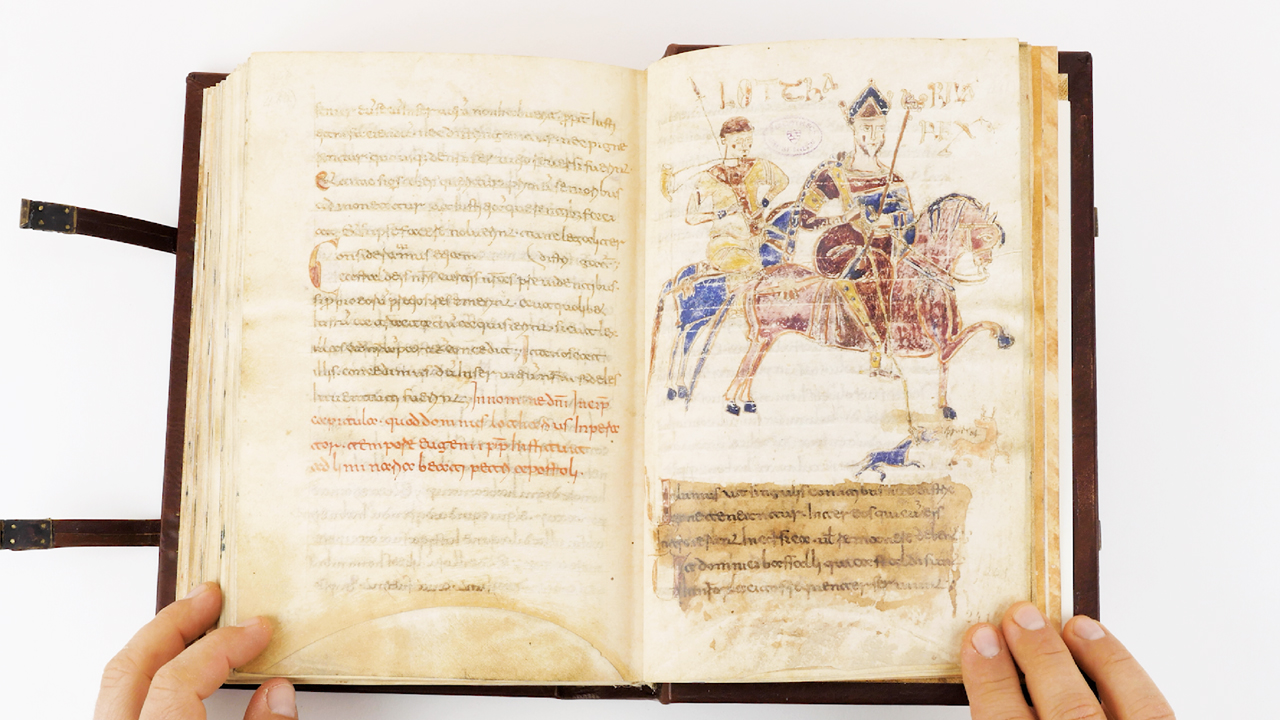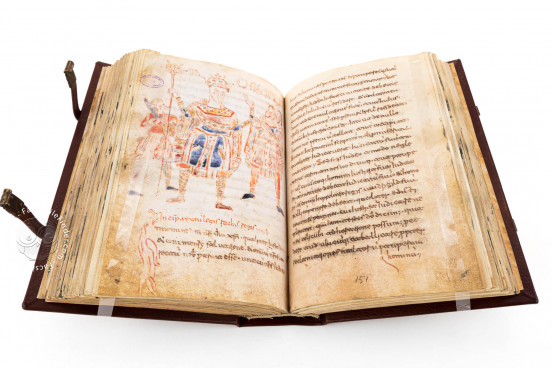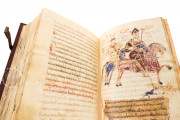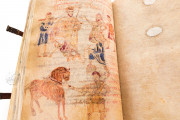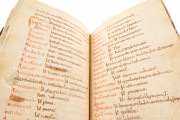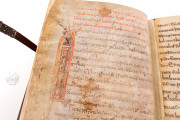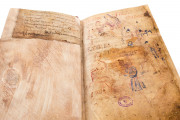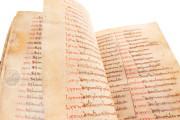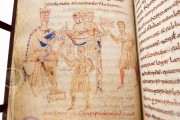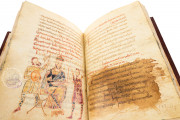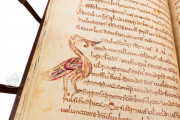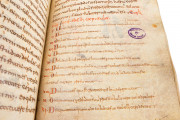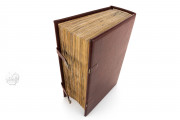Possibly the most famous manuscript containing Longobard laws, the Codex Legum Langobardorum was crafted around the year 1005 near Naples, Italy. The importance of its text, considered among the most accurate versions to reach modern times, and the illustrations’ indisputable artistic value, make it one of the main testaments to Longobard civilization. Twelve remarkable miniatures portray Frankish and Longobard kings and the founding myth of the Longobard people.
The small-size codex was penned in Latin in the scriptorium of a small church in Benevento, southern Italy. The text, featuring an elegant example of Beneventan minuscule script, was embellished with decorated initials.
Glorious Kings Immortalized on Parchment
The manuscript’s renown stems from its twelve millennium-old miniatures mainly depicting Frankish and Longobard kings. Among the most famous illustrations is one portraying the founding myth of the Longobard people, who were chosen by god Odin to become his disciples. According to legend, when Odin saw their hair as long as beards, he named them Longobards (“long beards”) and envisioned for them a victorious future.
A Witness to a Lost Civilization
The codex contains Longobard laws and Frankish capitularies, i.e. legal acts divided into chapters and issued by Frankish kings after the conquest of the Longobard reign in 774. The capitularies included in the manuscript were specifically designed for the Italian peninsula and are therefore often called capitolari italici.
The manuscript also includes the Origo gentis langobardorum (the origin of the Longobard people), a list of Longobard kings, the Edictum Rothari (the first set of Longobard laws) of 643, as well as other minor historical documents.
Only the Cod. Cavense 4 and two other manuscripts (preserved in Modena and Madrid) contain the text of the Origo gentis langobardorum, the oldest version of the Longobard saga, which was probably written following the orders of the royal court in the early 7th century and completed in the age of King Grimoald (662-671).
Cod. Cavense 4 was donated to the Monastery of the Holy Trinity in 1263 and is currently preserved in the Biblioteca Statale del Monumento Nazionale della Badia in Cava de' Tirreni in the region of Campania, southern Italy.
The current brown leather binding, probably produced in Grottaferrata in the 1930s, measures 26.0 x 17.0 cm and is held close by two leather strips with brass buckles. The spine features three equally distanced raised bands.
We have 1 facsimile edition of the manuscript "Codex Legum Langobardorum": Codex Legum Langobardorum facsimile edition, published by CAPSA, Ars Scriptoria, 2017
Request Info / Price
